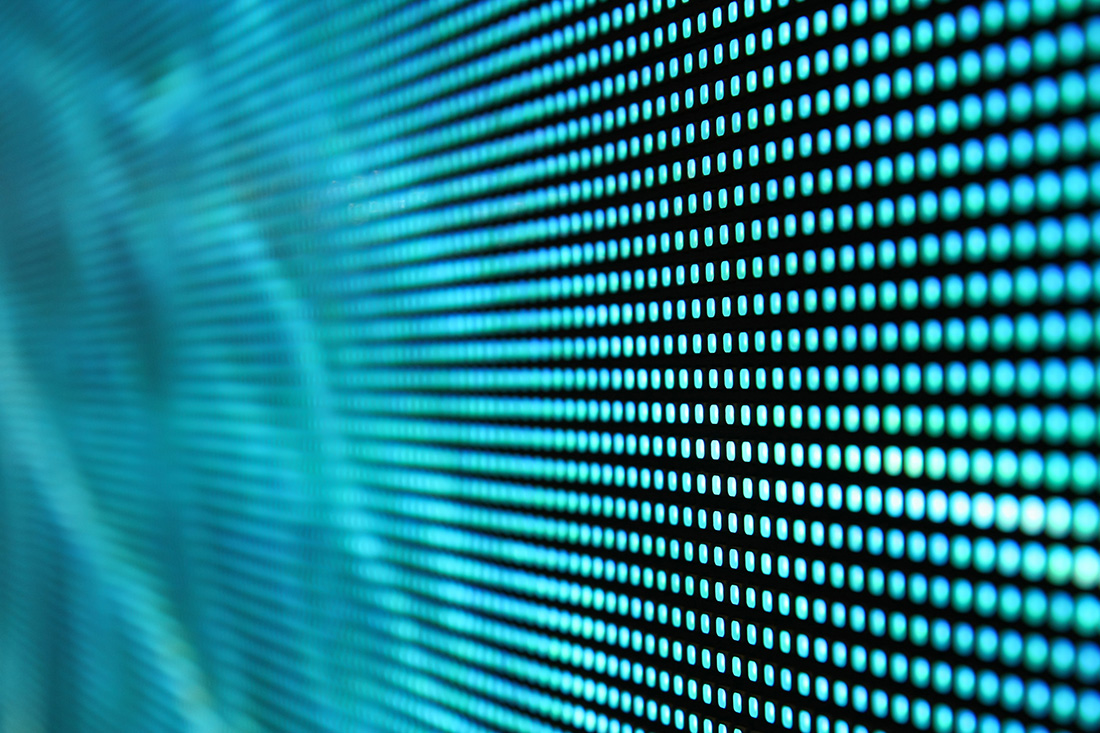Investigating The Way Resolution Affects the Functionality and Visual Caliber of LED Walls in Contemporary Display Technology
Investigating The Way Resolution Affects the Functionality and Visual Caliber of LED Walls in Contemporary Display Technology
Blog Article
LED screens are becoming more and more common in various environments, including concerts and sports events to business displays and art installations. One of the key crucial elements that influence the performance and visual quality of these screens is image clarity. Image resolution refers to the number of pixels that compose the image on the screen. Increased image clarity indicates more pixels, which can lead to sharper and clear images. Grasping how image clarity impacts LED walls can help operators make knowledgeable decisions about their display needs.
When discussing resolution, it is essential to consider pixel pitch, which is the distance between the midpoint of one picture element to the midpoint of the following picture element. A smaller pixel pitch yields a greater image clarity, enabling more clarity in the visuals shown. For example, an LED wall with a picture spacing of 1.5mm will offer a sharper image than one with a pixel pitch of 3mm. This is especially crucial in environments where viewers are close to the screen, such as in a compact location or a exhibition event booth. In these cases, a greater resolution can significantly enhance the viewing experience.
Another aspect of resolution is its effect on hue precision and brightness. LED walls with higher resolutions often have better color rendering, indicating that go to this website the hues shown are more vibrant and true to life. This is crucial for applications like advertising, where the goal is to attract interest and communicate a message effectively. Additionally, greater image clarity displays can maintain brightness levels even when seen from various perspectives. This is crucial in big venues where audiences may be positioned at various distances and positions from the display.
The functionality of LED screens is also affected by image clarity in terms of update frequencies and response durations. A greater image clarity screen can support quicker update rates, which is crucial for fast-moving material such as films and motion graphics. This indicates that the visuals on the display will look more fluid and increasingly seamless, improving the total observing quality. In comparison, reduced image clarity screens may have difficulty with dynamic material, leading to blurriness or lag. Therefore, for events that depend on dynamic images, choosing a display with a suitable resolution is critical.
In conclusion, image clarity plays a crucial role in defining the functionality and visual quality of LED walls. Factors such as picture spacing, hue precision, luminosity, update frequencies, and response times all contribute to how effectively a display can communicate data and capture audiences. As advancements continues to progress, understanding these elements will help users choose the appropriate LED screen for their particular needs, ensuring that they achieve the best possible results in their presentations and occasions.